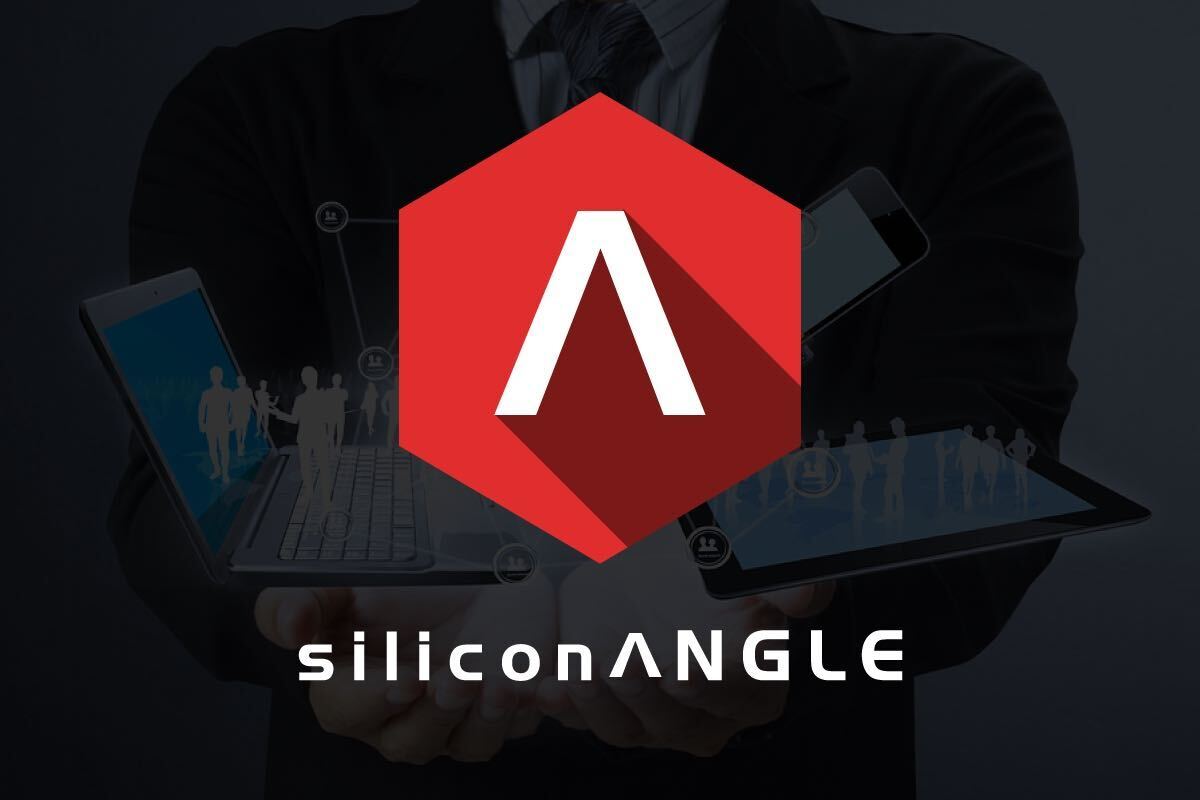


![]() Seagate Technology PLC has just created a new “Cloud Systems and Solutions group” that it says will lead to a raft of new storage arrays, enterprise disk drives and more importantly, storage rigs for cloud operators.
Seagate Technology PLC has just created a new “Cloud Systems and Solutions group” that it says will lead to a raft of new storage arrays, enterprise disk drives and more importantly, storage rigs for cloud operators.
The company is justifying the move with the old “explosion of unstructured data line”, and says the group is a melding of the expertise it gained through its acquisitions of Evault and Xyratex, plus the wants of cloud operators which have been whispering in its ear.
Seagate says the new group makes it the first company to be able to deliver a full suite of storage products. This includes hard drives, SSDs, solid-state hybrid drives, external storage systems, recovery services, cloud services and fully integrated cloud systems.
The company’s planned CSS product update will add solutions for scalable, modular components and solutions, integrated high performance computing, cloud backup/restore, custom systems for OEMs, disaster recovery and rapid archive storage solutions.
Seagate is also releasing ClusterStor 9000. It says the new option will allow HPC and Big Data customers to be able to reliably “plan, deploy and sustain maximum app performance”. Seagate’s Evault EBA has also been tweaked to allow for up to 100TB of usable capacity.
“Organizations are looking for cost-effective ways to harness data and create actionable information,” said Jamie Lerner, president of Cloud Systems and Solutions at Seagate. “Seagate is bringing an open approach to the Intelligent Information Infrastructure program. We are applying our experience working with cloud service providers worldwide to create systems and solutions that manage next generation workloads with the scale, performance and economy aligned to business needs.”
Seagate’s move comes amid a climactic shift in the enterprise storage market. Moving forward, traditional storage arrays are going to be much harder to sell, and Seagate looks to be maneuvering itself in position to sell whatever technology eventually replaces them. And as the company points out, few are better positioned to do so, as it’s now able to provide storage solutions for just about any application you could care to mention, from the desktop to the data center.
THANK YOU